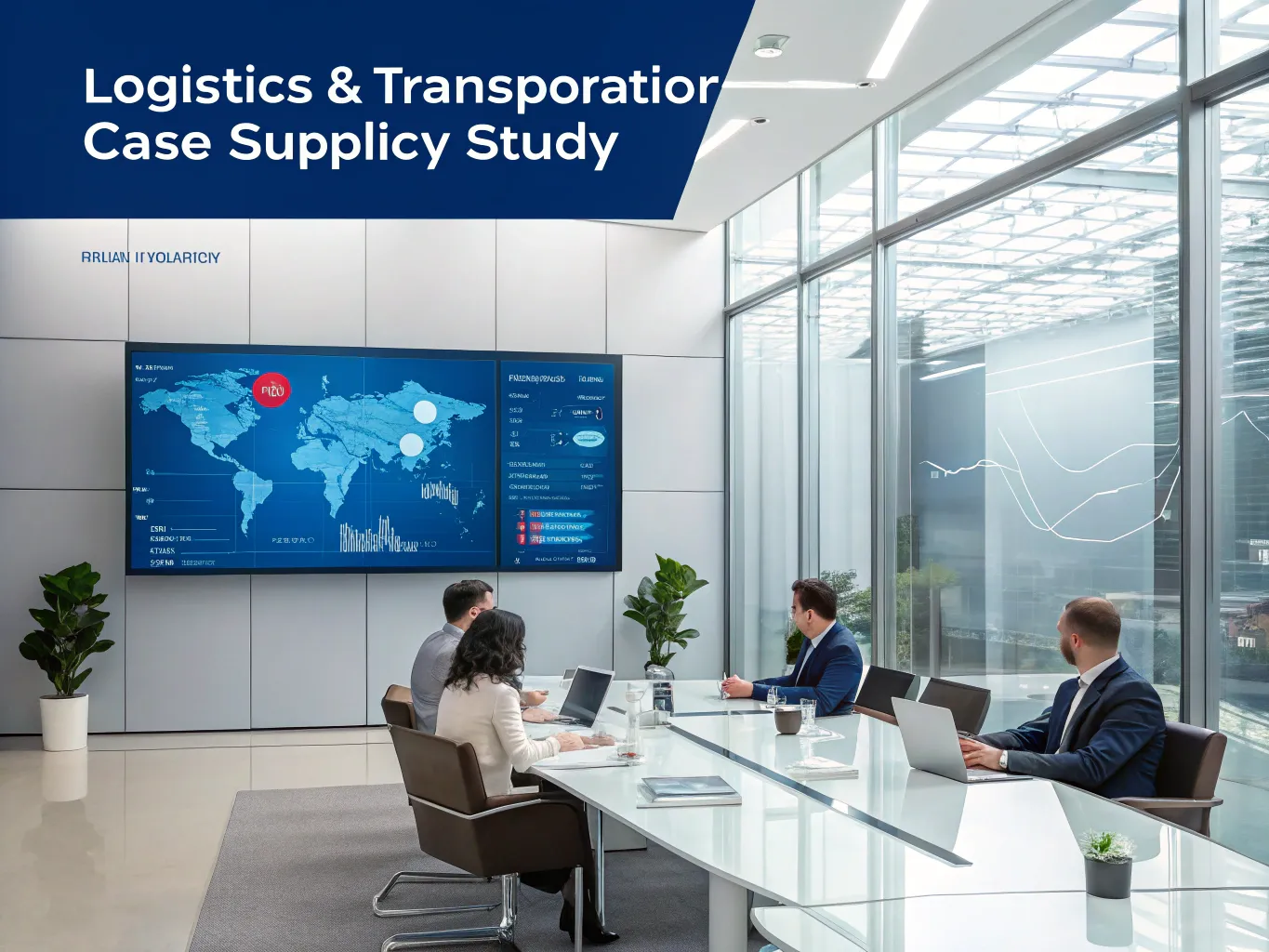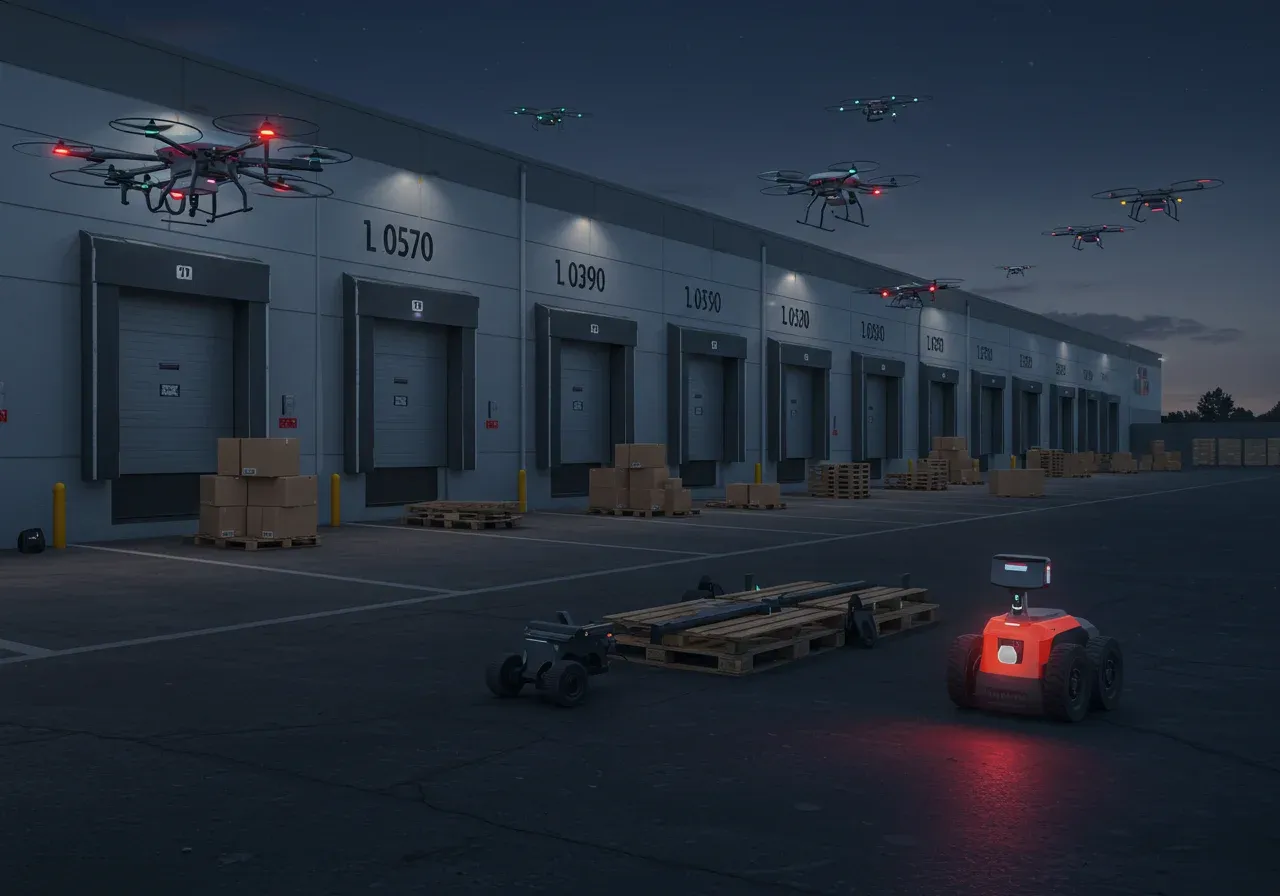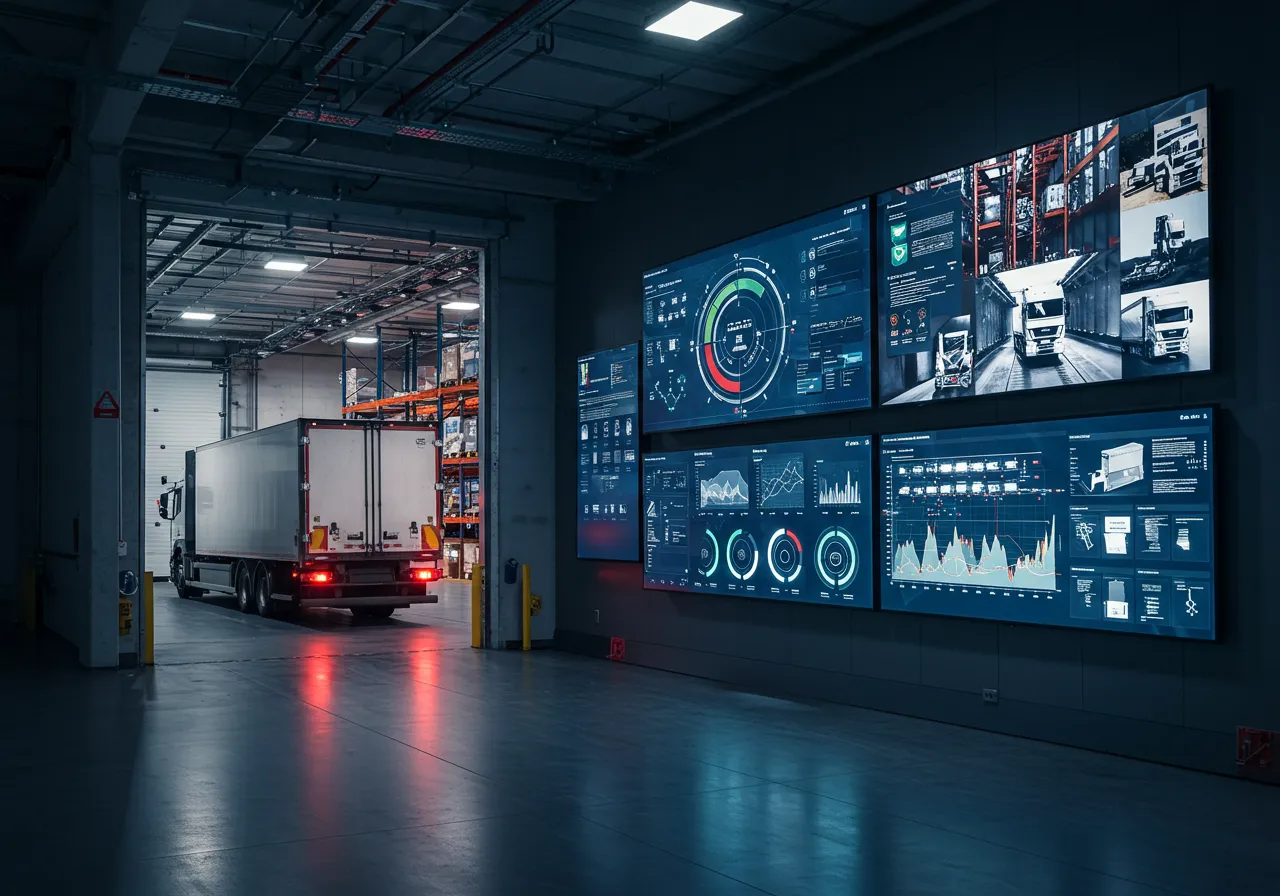
Harness Digital Innovation in Logistics
Transform your supply chain with IoT and AI, gaining real-time visibility and optimizing operations by up to 30% to meet customer demands efficiently.
Precision with Predictive Analytics


Optimize Operational Processes through Automation
Strategic Areas of Application
- Warehouse Management: Enhance inventory accuracy by implementing RFID technology, which reduces manual checks by 60% and minimizes stock discrepancies, ensuring seamless operations and timely restocking.
- Transportation: Utilize route optimization software to cut fuel costs by up to 30%. Real-time tracking systems enable proactive adjustments to delivery schedules, improving punctuality and customer satisfaction.
- Supply Chain: Integrate blockchain for transparent and secure transaction recording, reducing fraud risks. This technology boosts traceability and compliance, particularly in industries like pharmaceuticals and food.
- Fleet Management: Deploy telematics for monitoring vehicle health, reducing maintenance costs by 20%. Predictive maintenance alerts decrease downtime, ensuring vehicles stay operational and efficient.
- Order Processing: Employ automated data entry systems to accelerate order processing times by 50%. This reduces human error and enhances order accuracy, leading to improved customer trust and repeat business.
Core Technology Solutions
- AI Analytics: Leverage sophisticated algorithms to predict demand fluctuations with up to 95% accuracy, minimizing overstock and reducing waste. By analyzing historical data and current market trends, businesses can optimize inventory levels and improve customer satisfaction.
- IoT Integration: Implement sensor-driven networks to monitor the condition of goods in transit, ensuring temperature-sensitive products maintain integrity. Seamlessly connect devices to track shipments in real-time, enhancing operational efficiency by decreasing delays due to unforeseen circumstances.
- Blockchain Technology: Utilize decentralized ledgers to boost supply chain transparency and traceability, eliminating counterfeit risks by up to 75%. This technology provides secure, immutable records, fostering trust among all stakeholders and increasing operational integrity.
- Automation: Deploy robotic process automation to handle routine logistics tasks, cutting processing times by 60%. Automated systems can manage everything from order processing to last-mile delivery, freeing up workforce for strategic decision-making and reducing human error.
- Data Security: Implement robust encryption protocols to safeguard sensitive supply chain data against breaches, ensuring compliance with global standards like GDPR. Protecting customer and operational information is critical to maintaining competitive advantage and trust.
Key Features
Data Processing
Harness high-performance parallel computing to process up to 1 million transactions per second, ensuring real-time data flow and reducing latency in decision-making processes. This capability supports large-scale operations, enabling quick adaptation to market changes.
Connectivity
Implement 5G-enabled IoT devices to maintain uninterrupted connectivity, achieving near-zero downtime. This ensures that all logistics nodes communicate effectively, leading to a 20% increase in operational efficiency and minimized delays in supply chain processes.
Global Reach
Leverage an expansive network of over 200 global partners to provide scalable logistics solutions tailored to cross-border complexities. These solutions facilitate entry into emerging markets, increasing your market presence by up to 30% within a year.
Data Management
Utilize advanced database management systems that support petabyte-scale data storage with integrated analytics tools. This empowers logistics teams to perform predictive analysis, leading to a 15% reduction in inventory holding costs and improved demand forecasting accuracy.
Technology-Driven Decision Making

Technological Advantages in Logistics
- Increased Productivity: Leveraging automated sorting systems, companies can process up to 20,000 parcels per hour, minimizing bottlenecks and enhancing throughput in distribution centers.
- Cost Reduction: By implementing cloud-based inventory management, firms have reported a 15% reduction in inventory holding costs, optimizing stock levels and reducing overhead.
- Real-Time Insights: Utilizing GPS-enabled tracking, logistics teams gain up-to-the-minute updates on shipment locations, facilitating proactive adjustments to delivery schedules and improving customer satisfaction.
- Improved Accuracy: Employing RFID tags in warehouse operations leads to 99.9% inventory accuracy, drastically reducing errors in order fulfillment and increasing client trust.
- Scalability: Adopting modular logistics technology systems, businesses can seamlessly expand operations during peak seasons, accommodating up to 150% capacity increase without compromising service quality.
Leveraging Technology in Logistics
Transform Logistics with Advanced Technologies
You may also be interested in
Maximize your potential with our seamless, end-to-end supply chain solutions.

Automation
Leverage state-of-the-art automation to optimize logistics, boosting operational accuracy by up to 30% while minimizing human error. Enhance supply chain agility and cut transit times significantly.

EDI
Enhance accuracy and speed in transactions by integrating EDI, reducing manual errors by up to 90%. Elevate supplier and partner interactions with seamless data exchange, driving efficiency across your logistics network.

Customer Relationship Management (CRM) Integration
Transform your logistics with seamless CRM integration. Improve customer interaction efficiency by 30%, increase order accuracy, and reduce response times, leading to higher customer satisfaction.